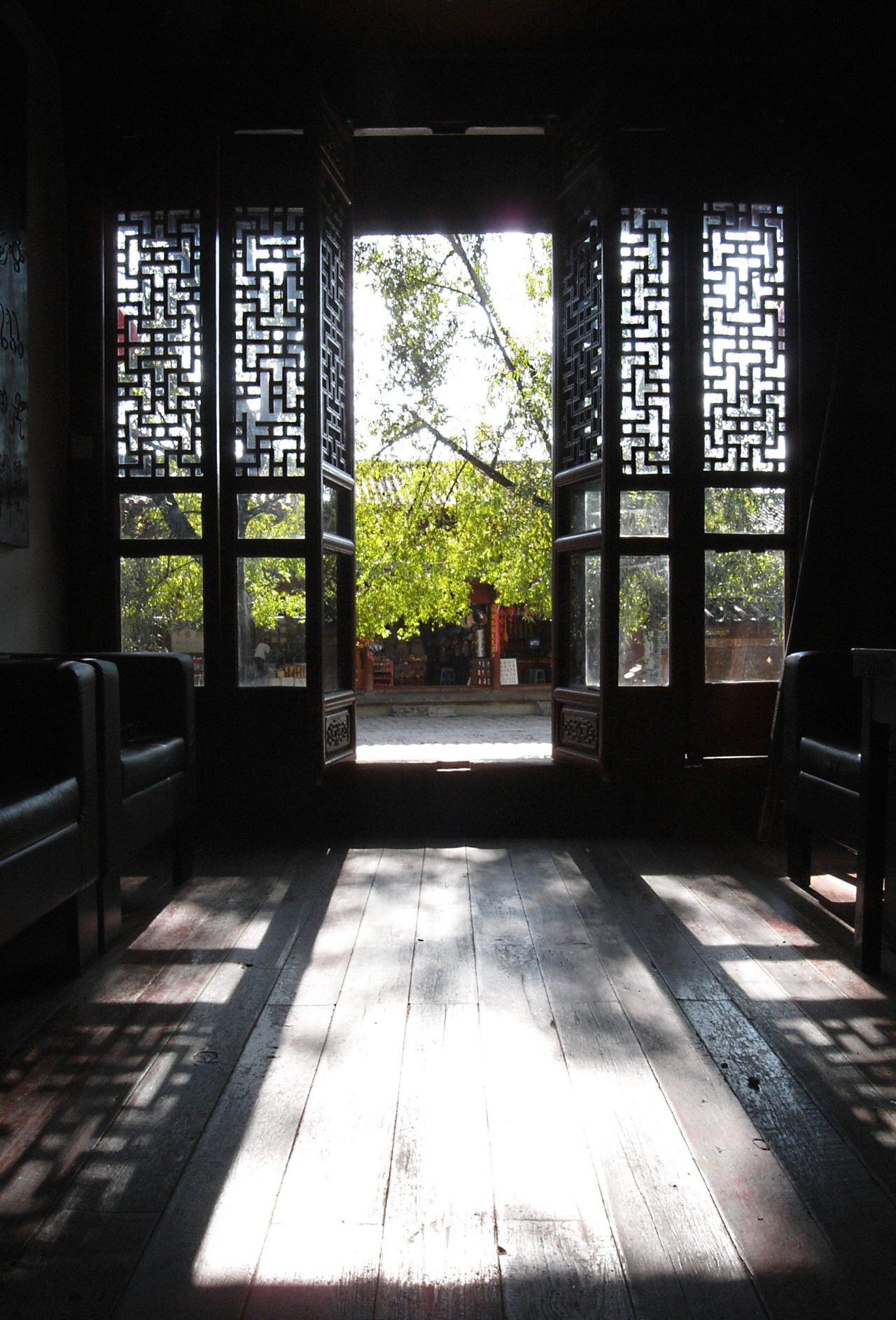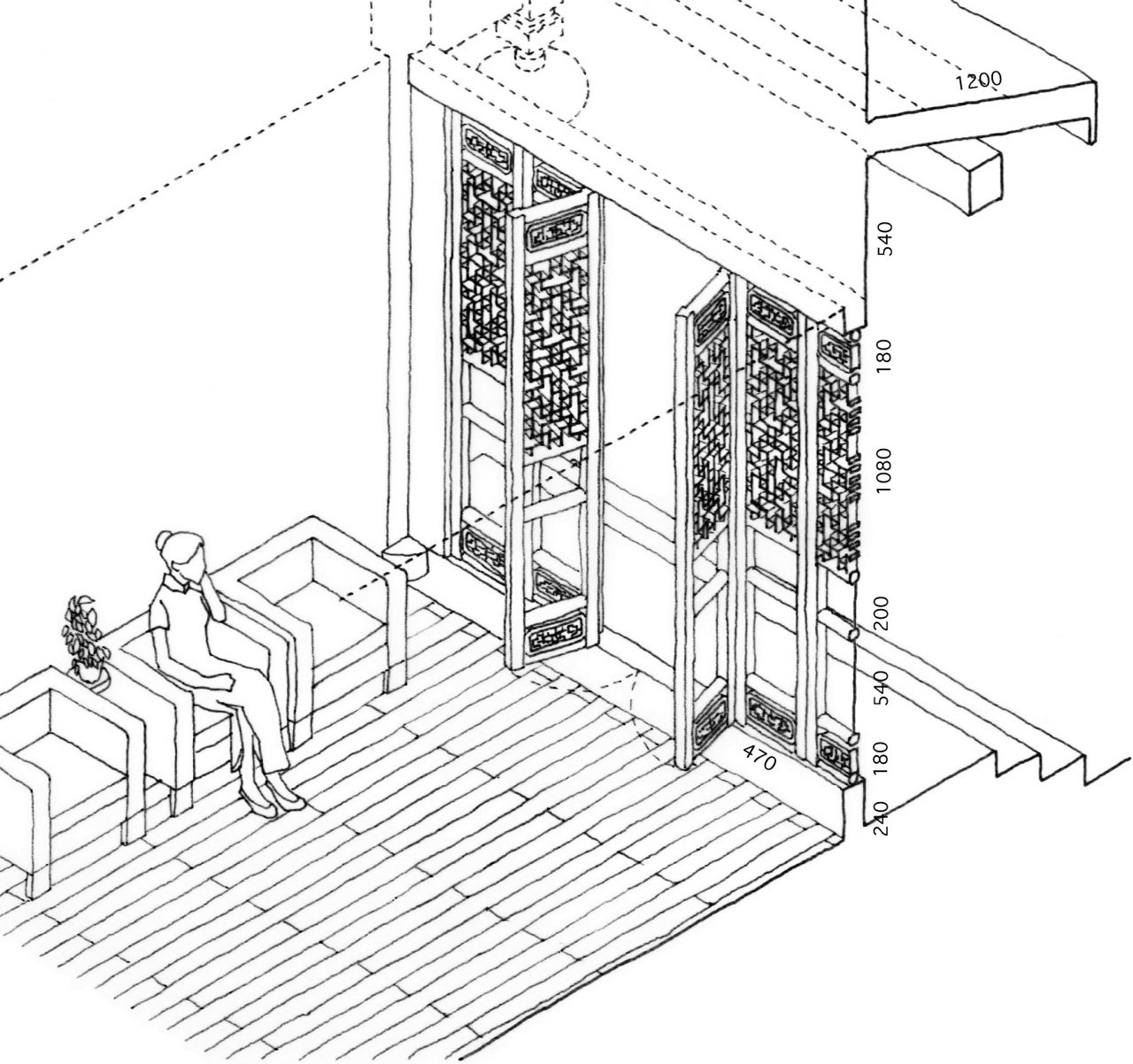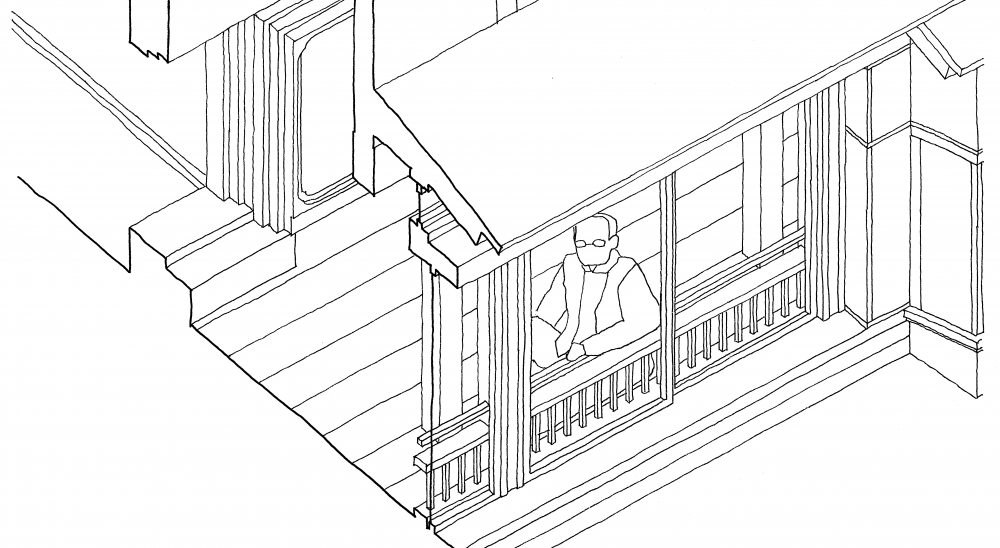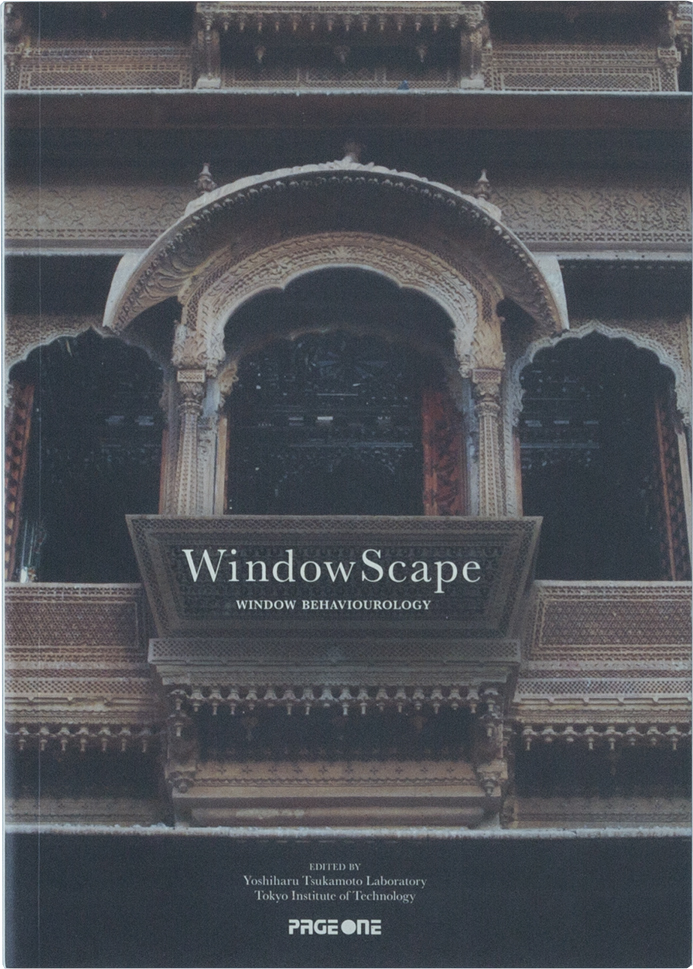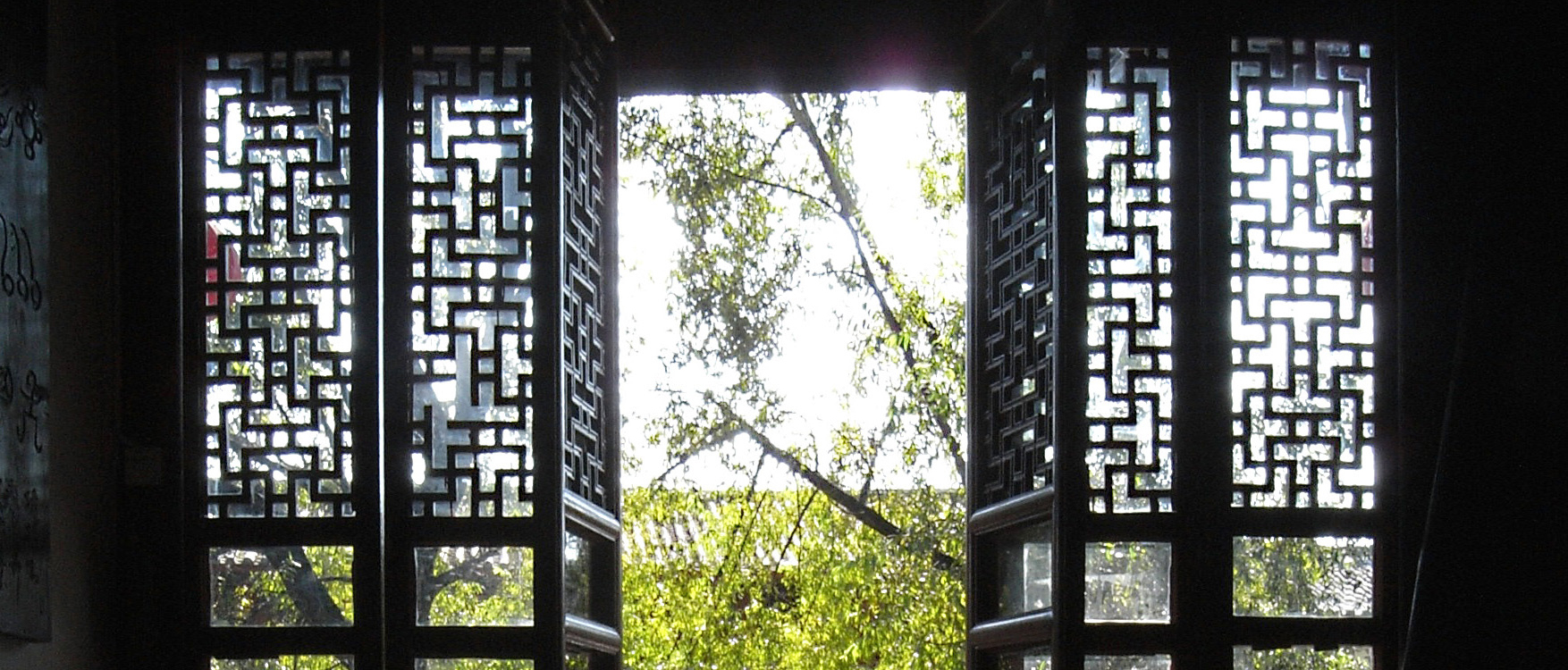
Mu’s Mansion Hotel
10 Jan 2017
The windows of a hotel in Li Jiang. Three sets of double-casement windows are lined in a row, the upper part of which are latticed. The swastika-shaped lattice is called manji, believed to originate from ancient India or Persia, symbolizes fire or the sun, and is said to express samsara or reincarnation, the endless cycle of death and rebirth. These types of latticed windows are often used in Buddhist temples.
Mu’s Mansion Hotel
Hotel / Li Jiang, China / Cw
This article is an excerpt from “Window Behaviorology,” a joint research project concerning windows and the behaviors around them, done in collaboration with the Tokyo Institute of Technology’s Yoshiharu Tsukamoto Laboratory.

